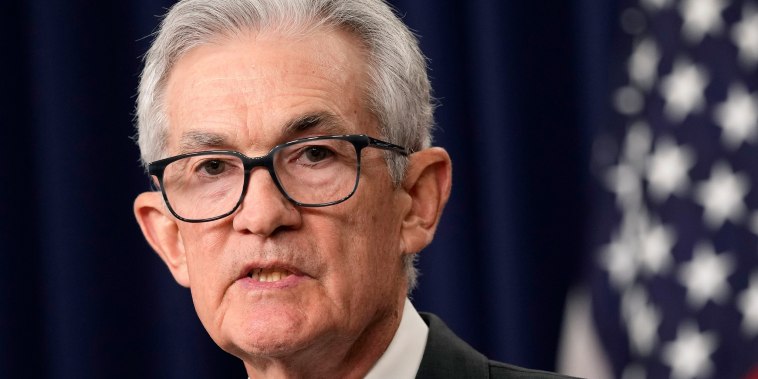In examining the Federal Reserve’s decision to keep interest rates higher for an extended period, several key considerations arise that may challenge the widely held notion that this approach is detrimental. While a prolonged period of higher interest rates may raise concerns among some market participants, there are potential benefits and justifications for this strategy given the current economic landscape.
One of the primary reasons for maintaining higher interest rates is controlling inflation. Inflation occurs when the general price level of goods and services in an economy rises, eroding purchasing power. By keeping interest rates higher, the Federal Reserve aims to curb excessive spending and borrowing, which can contribute to inflationary pressures. This preventative measure helps to ensure price stability and promote sustainable economic growth in the long run.
Furthermore, higher interest rates can incentivize saving and investment, which are essential components of a healthy economy. When interest rates are low, individuals and businesses may be more inclined to borrow and spend rather than save. By raising interest rates, the Federal Reserve encourages saving, which can lead to increased investment in productive assets and contribute to long-term economic growth.
Another consideration is the impact of higher interest rates on financial markets and asset prices. While rising interest rates can put downward pressure on stock prices and increase borrowing costs for businesses, they also reflect confidence in the strength of the economy. Investors may interpret higher interest rates as a signal of economic vitality and adjust their investment strategies accordingly. This adjustment process helps to maintain market stability and prevent asset bubbles from forming.
Moreover, higher interest rates can help to mitigate risks associated with excessive debt levels. In a low-interest-rate environment, individuals and businesses may be more inclined to take on significant amounts of debt, which can pose systemic risks to the financial system. By raising interest rates, the Federal Reserve encourages responsible borrowing behavior and helps to prevent the accumulation of unsustainable levels of debt.
In conclusion, while the Federal Reserve’s decision to keep interest rates higher for a prolonged period may have short-term implications for the economy and financial markets, there are valid reasons for this approach. By focusing on controlling inflation, promoting saving and investment, maintaining market stability, and mitigating risks associated with excessive debt, higher interest rates can contribute to a more sustainable and resilient economic environment in the long run. It is essential for policymakers and market participants to carefully weigh the potential benefits and trade-offs associated with this strategy to ensure a balanced and effective monetary policy framework.

